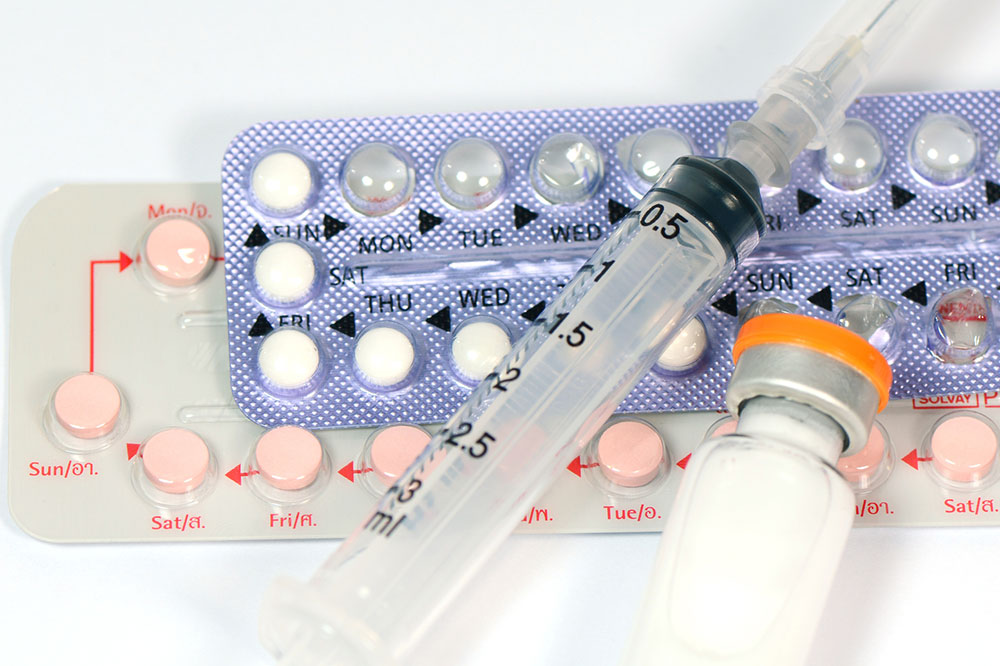
5 Effective Forms of Contraception
There are many forms of contraceptives readily available to prevent pregnancy. However, they all follow different methods and may or may not use hormones in the process. Plus, there’s no such thing as one-size-fits-all when it comes to contraception. When we talk about effective methods of contraception, it means maximum prevention of pregnancy. Read on to know about the most effective forms of contraception out there.
1. Vasectomy
If you’re looking for a permanent solution, vasectomy should be a great option to consider. This form of contraception involves men going under surgery to seal the vasa deferentia to prevent the sperm from entering the urethra. This allows men to have an orgasm and ejaculate, but they cannot impregnate a woman. However, there are chances for the tubes to rejoin. And in that case, this form of birth control method can be reversed.
2. Oral contraceptives
A contraceptive pill is the most effective form of contraception if taken regularly. These pills manipulate the hormones with the release of estrogen and progesterone or just progesterone. If used correctly and is taken diligently every day at the same time, it can be as effective as 99.7%. It is one of the most common methods of birth control.
3. Vaginal ring
This method of birth control is also 99.7% effective but involves the manipulation of hormones. The vaginal ring slowly releases estrogen and progesterone in order to prevent pregnancy. The ring is either made of silicone or plastic and is designed to be flexible since it is to be inserted into the vagina. The ring needs to be changed every 21 days, and in the fourth week, it allows for the menstrual cycle.
4. Intrauterine device (IUD)
This birth control method is time-bound. It is a commitment of 3-5 years, depending on the model chosen by you. IUD, a device that’s inserted in the uterus, with the help of hormones, thickens the mucus around the uterus and prevents sperm from penetrating. This method of contraception is proven to be 99.8% effective. There’s also an IUD option that does not involve any hormones.
5. Intramuscular Injection
There are contraceptive injections also available that involve the release of the hormone progesterone. This effective contraceptive method is characterized by administering an injection into a muscle. The injection is preferably taken in the arm, the thigh, or the buttocks. The intramuscular injection is taken every 12 weeks and is proven to be 99.7% effective. However, it may show a few side effects for some, so do discuss the pros and cons of this contraceptive method with your gynecologist before committing to it.
When these contraceptive methods are combined with the use of condoms, pregnancy is prevented in the most effective way.



